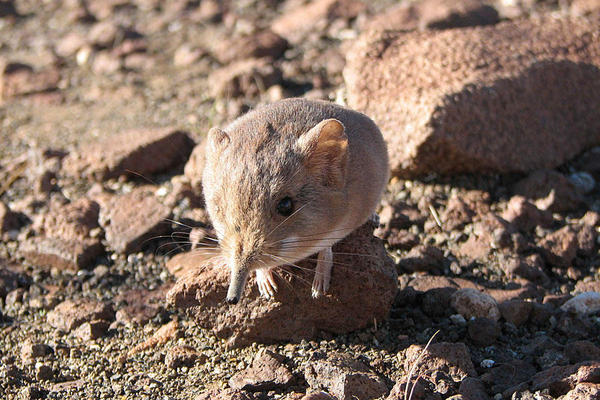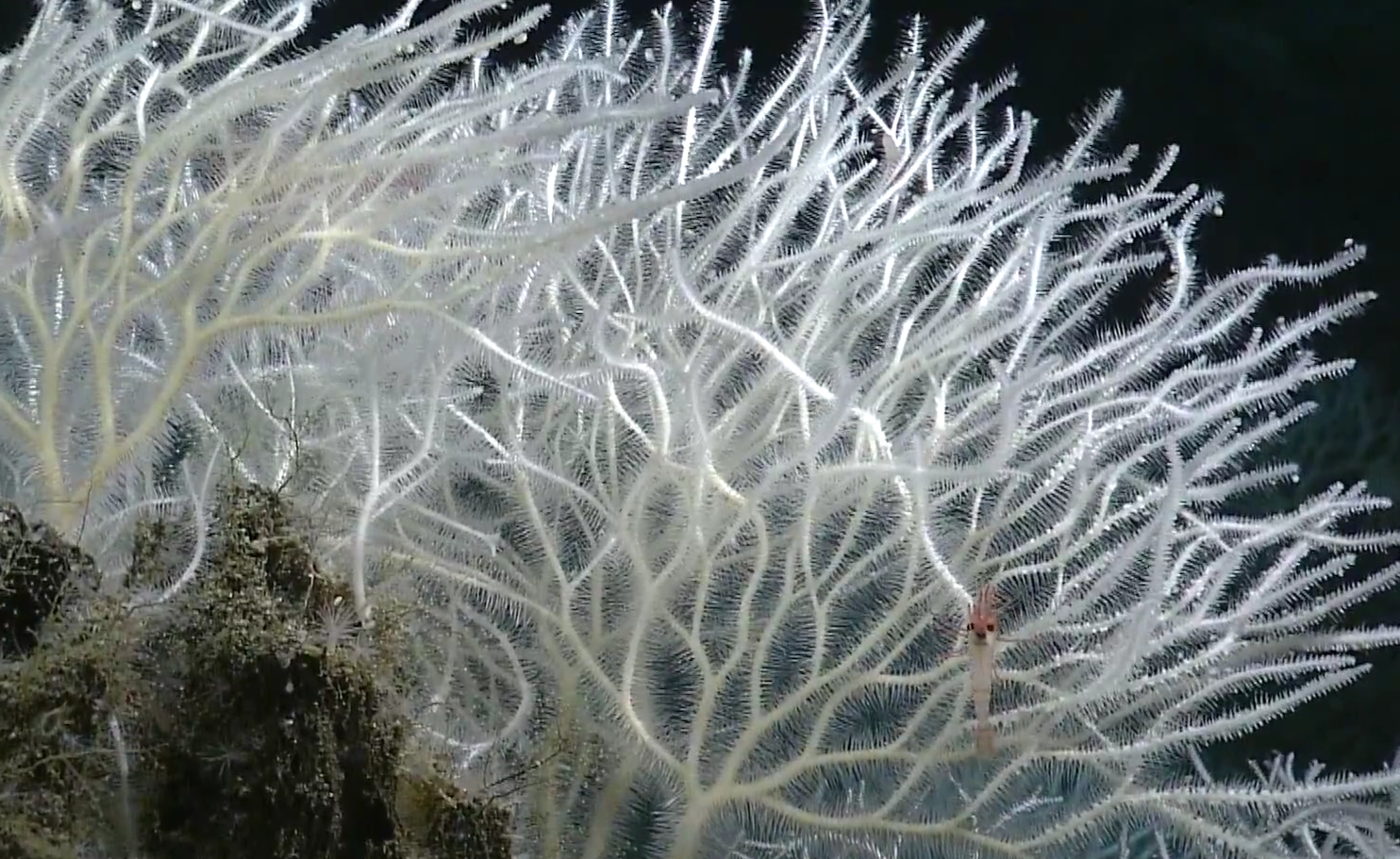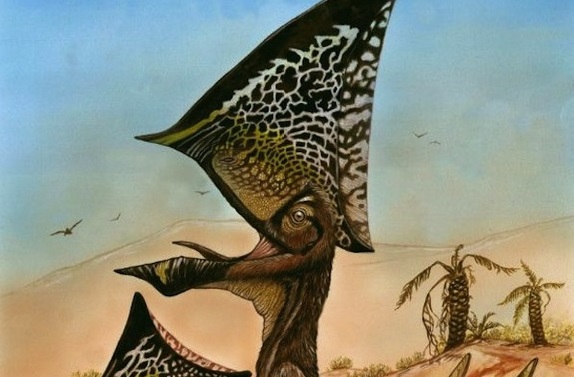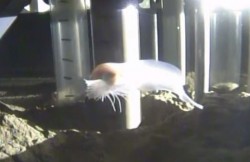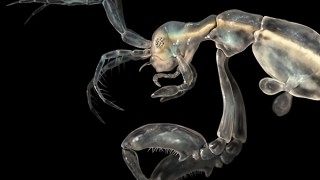
The 2014 top 10 new species for 2014 has been published by the SUNY-ESF International Institute for Species Exploration (IISE), revealing a number of incredible finds. In constructing this year’s list, the team of international taxonomists whittled down an 18,000-strong list of new species, all of which were named in 2013. This eclectic selection was then released on May 22, a day before the birthday of eighteenth century botanist Carolus Linnaeus, whom was considered a prolific force in modern taxonomy.
Without further ado, we present the committee’s top 10 new species for 2014.
Olinguito (Bassaricyon neblina)
With an appearance that closely resembles a cross between a cat and a raccoon, the olinguito typically inhabits the cloud forests of the Andes in Columbia and Ecuador. Weighing in at around two kilograms, the arboreal creature represents the first, newly discovered, carnivorous mammal to have been found in the Western Hemisphere in 35 years.
Discovery of the olinguito was made by Kristofer Helgen, curator at the Smithsonian National Museum of Natural History, along with Roland Kays, of the North Carolina Museum of Natural Sciences. Although sighted on numerous occasions prior to its official classification, the olinguito was often confused for other members of the “olingos” genus, including the Kinkajou.
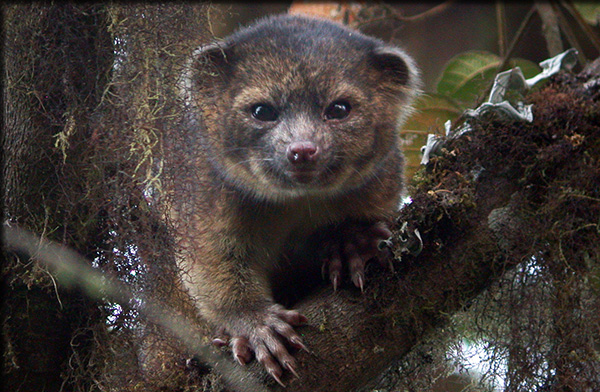
Kaweesak’s Dragon Tree (Dracaena kaweesakii)
The Kaweesak’s Dragon Tree was discovered by an international team of scientists in the limestone hills of Thailand. The trees can grow to heights of up to 12 meters, boast extensive branching and produce colorful, sword-shaped leaves.
Dracaena kaweesakii is often associated with Buddhist temples and are used by Thai people for horticultural purposes. The local people believe the leaves provide luck to those individuals who collect them. However, researchers are trying to determine whether theKaweesak’s Dragon Tree has become an endangered species, due to over-extraction.
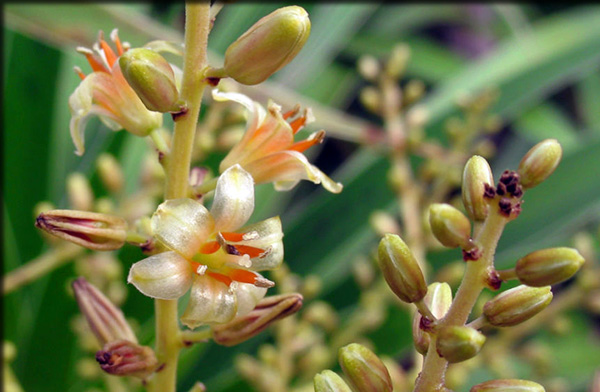
ANDRILL Anemone (Edwardsiella andrillae)
Edwardsiella andrillae is a species of sea anemone that was discovered by a team of researchers connected with the Antarctic Geological Drilling (ANDRILL) program. The creatures were discovered by a robot, during an underwater expedition, just offshore of the Antarctica on the Ross Ice Shelf.
Somehow enduring the extreme temperatures of the Antarctica, the pale yellow ANDRILL anemone is approximately one inch in length when contacted, but can expand to three to four times their original length. The creature also possesses a series of tentacles, organized in inner and outer rings.
The anemone is the first of its kind to actually live inside ice. Scientists remain baffled by the small anemone’s ability to survive in such an inhospitable environment, with research still ongoing. The amazing discovery has also caught the attention of NASA researchers, who are now gearing up to study the ANDRILL anemone’s environment, suspecting it could provide knowledge on the potential for life to be sustained on Jupiter’s moon, Europa.
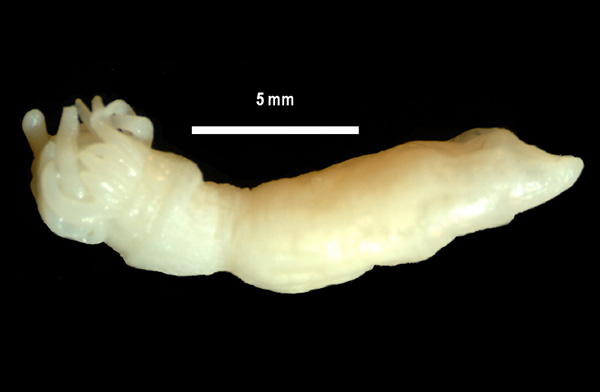
Skeleton Shrimp (Liropus minusculus)
The skeleton shrimp is visually striking. Found in a cave in Santa Catalina, off the coast of the U.S. state of California, Liropus minusculus is an amphipod that has a slender, elongated body divided into three distinct sections. More interestingly, the shrimp has a translucent appearance that gives it a distinctive, bony look.
Skeleton shrimp are marine organisms found throughout many of the world’s oceans. To hunt their food, the shrimp grasps its prey with pereopod appendages. The shrimp demonstrate an omnivorous diet, scavenging diatoms, protozoans and crustacean larvae. The creatures adopt a praying mantis posture, blending in with the fronds as they await their prey.
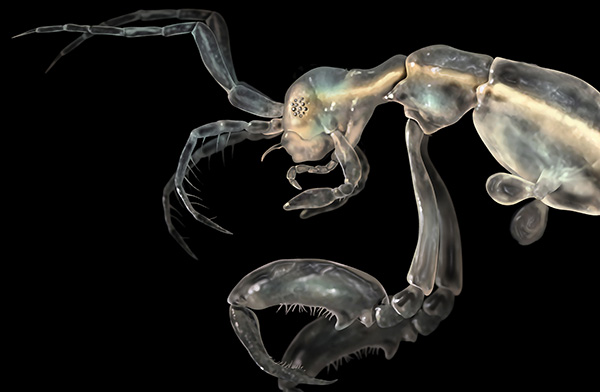
Orange Penicillium (Penicillium vanoranjei)
Penicillium vanoranjei is a newly discovered, bright orange fungus; although, the fungus only appears orange when forming sizable colonies. Named after Dutch Royalty Willem-Alexander Claus George Ferdinand (a.k.a. His Royal Highness the Prince of Orange), the fungus was identified in Tunisian soil.
A study by Dutch researchers showed that Orange Penicillium is capable of producing a special extracellular matrix that forms a glue-like coating; this matrix provides a certain degree of protection, and prevents the colony from drying out.
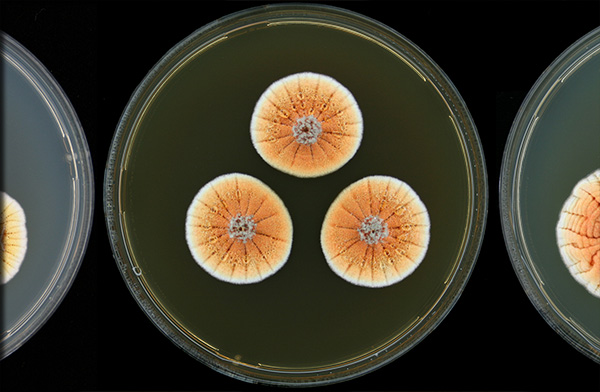
Leaf-Tailed Gecko (Saltuarius eximius)
The leaf-tailed gecko is perfectly adapted to its environment, camouflaging itself among the foliage of rainforests, and the rocky terrain of the Melville range in Australia. The mottled gecko was discovered by two Australian biologists.
It is approximately 12 centimeters in length, weighs around 20 grams, and possesses a stumpy head and a pair of large, round eyes. Saltuarius eximius feeds nocturnally and takes shelter during the daytime. Incredibly, the Gecko can discard its tail when attacked to evade predation; the tail later grows back.
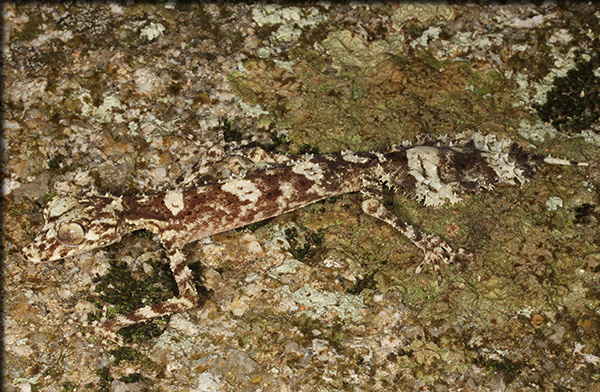
Clean Room Microbes (Tersicoccus phoenicis)
In a discovery that has alarmed scientists, clean room microbes have been found in rooms employed in the manufacture of spacecraft. The finding is an important one, as it is possible infected components of assembled craft could cause contamination of distant planets.
Despite stringent sterilization protocols,Tersicoccus phoenicis was found on the floors of two distant clean rooms - one in France and one in America. The microbial species - belonging to the Micrococcaceae bacterial family - was found to be resistant to extreme dryness, pH, temperature, salt concentration, ultraviolet light and hydrogen peroxide. The bacteria is also adapted to survival in environments that have few nutrients.
The gram-positive bacteria are not capable of forming spores, and have a relatively spherical shape. The two strains identified, thus far, include 1P05MAT and KO_PS43.
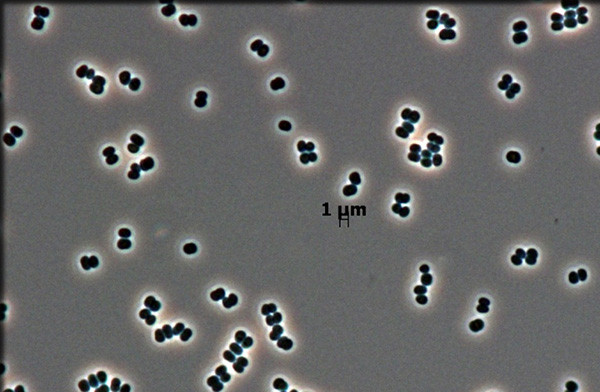
Tinkerbell Fairyfly (Tinkerbella nana)
The tinkerbell fairyfly was named after Peter Pan’s Disney sidekick, Tinker Bell. Adding to this, the latter part of its species name is derived from the family dog, nana, that appeared in the film and play.
Tinkerbella nana is a miniscule type of wasp that is 20 micrometers in length. It was discovered in Costa Rica by a research team based at the Canadian National Collection of Insects. The specimens were collected by sweeping through the vegetation of the tropical forests with special nets. The nets were then placed in 80 percent ethanol and later investigated.
Although very little is yet known about the fairyfly, it is suspected they have a lifespan of mere days. The flies are also known to attack the eggs of other small insects.
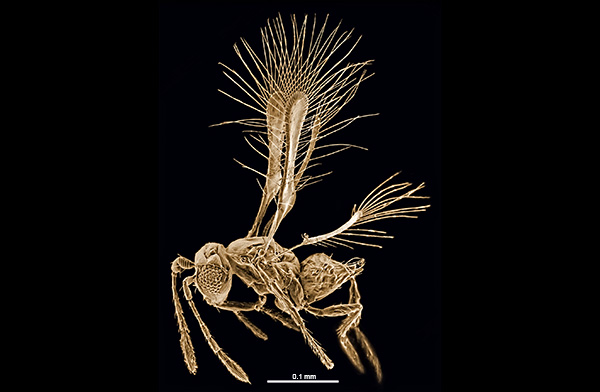
Domed Land Snail (Zospeum tholussum)
With a similar translucent appearance to the skeleton shrimp, the domed land snail lives in the dark caves of western Croatia. Zospeum tholussum lives around 3,000 feet below the surface; having evolved in the absence of sunlight, they lack shell pigmentation and do not use eyes for sensory feedback about their environment. Because of these features,Zospeum tholussum is thought to be a true cave-dweller (eutroglobiont).
The snail has between five and six whorls on its shell, with the second whorl being dome shaped. The shell height is usually between 1.4 and 1.8 millimeters.
Domed land snails are very slow moving, typically traversing just a few centimeters a week. Scientists have posited the snail uses other inhabitants of the cave - such as bats and crickets - to migrate more substantial distances, and at a faster rate. Since the snails are found to prefer habitats that are close to streams, researchers believe they also hitchhike through running water.
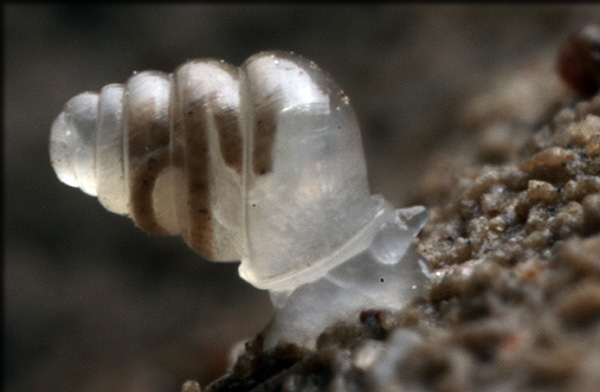
Amoeboid Protist (Spiculosiphon oceana)
The amoeboid protist is a one-celled organism that is an astonishing four to five centimeters tall. The organism has a shell that is coated in the skeletal fragments of dead sponge, called spicules. The amoeboid protist gathers up these shell pieces through use of arm-like projections, called pseudopods. It then feeds off of the tiny invertebrates captured within.
Spiculosiphon oceana is a carnivorous sponge that belongs to the phylum foraminfera, and was discovered just off the coast of Spain.
Part of the reason for the spectacular list of newly discovered creatures lies in the International Institute for Species Exploration’s ambitions in creating public awareness of the “biodiversity crisis.” According to their website, the organization also hopes to underline the important role that taxonomists and natural history museums play in the discovery and classification of new species.











